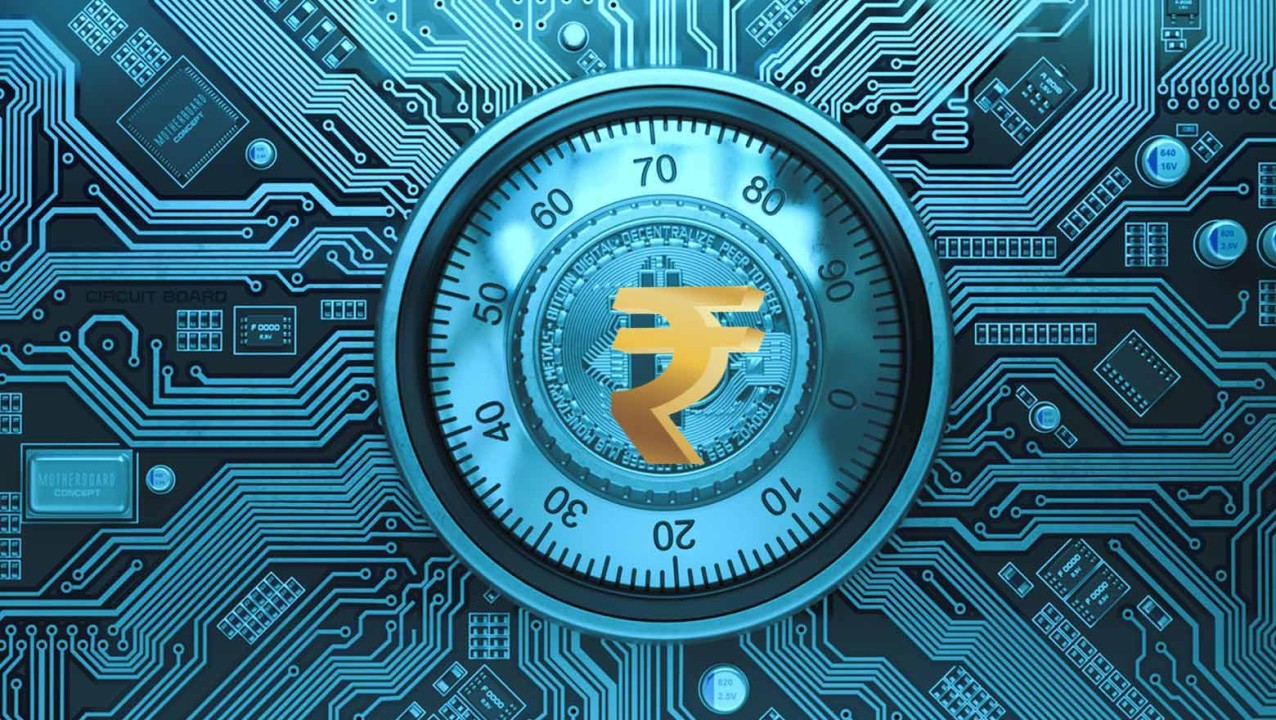The Digital India Will Soon Get The Digital Rupee
~Preet

The writer and the publisher have no rights to this image. This image has been taken from, Digital-Rupee-–-Its-Understanding.jpeg
The Reserve Bank of India (RBI) will shortly launch restricted pilots of the e-rupee, also known as Central Bank Digital Currency (CBDC) or digital rupee, for specified use cases. It has hinted at two major categories for the usage of e-rupee for various transactions — retail and wholesale.
The CBDC is defined by the RBI as a digital representation of currency notes issued by a central bank. It is a sovereign or completely autonomous currency issued by the country's central bank (in this case, the RBI) in line with monetary policy. CBDC will be recognised as a means of payment and legal tender by all three parties - individuals, government agencies, and businesses - once it is formally issued. Because it is government-backed, it may be readily exchanged for money or notes from any commercial bank. The RBI is not enthusiastic about the e-rupee. People may take funds from banks and convert them to digital rupees, forcing banks to collapse. The underlying technology of bitcoin (distributed ledger) has the potential to support sections of the digital rupee system, but the RBI has yet to make a decision on this. However, cryptocurrencies such as bitcoin and Ethereum are 'private.' The RBI, on the other hand, will issue and regulate digital rupees. 105 nations were investigating CBDC as of July 2022. The Bahamian Sand Dollar was the first to debut CBDC in 2020, while Jamaica's JAM-DEX was the most recent.
CBDC may be divided into two major types based on usage and tasks performed by the digital currency, as well as varying levels of accessibility: general purpose (retail) (CBDC-R) and wholesale (CBDC-W) (CBDC-W). Retail CBDC is an electronic currency alternative designed primarily for retail transactions. Everyone will utilise it, including the private sector, non-financial customers, and corporations. However, the RBI has not specified how the e-rupee may be used in retail merchant transactions. Wholesale CBDC is intended for limited access to a small group of financial institutions. Cany to more effectively and securely modify the settlement systems for financial transactions conducted by banks in the government securities (G-Sec) segment, inter-bank market, and capital market regarding operating expenses, collateral use, and liquidity management.
A token-based CBDC would be a bearer instrument, similar to banknotes, in which the individual receiving the token verifies his ownership of the token. A token-based CBDC is seen as a desirable mechanism for CBDC-R since it is more similar to tangible currency. An account-based system would necessitate keeping records of all CBDC holders' balances and transactions, as well as indicating ownership of the monetary balances. In this instance, an intermediary will confirm the account holder's identification. This system is suitable for CBDC-W. As an alternative, the offline capability will allow CBDC to be transacted without the internet, allowing access in areas with weak or no internet connectivity. However, the RBI believes that in the offline mode, there is a danger of 'double-spending' because it is theoretically conceivable to utilise a CBDC unit more than once without updating the CBDC shared ledger.
In the direct approach, the central bank will be in charge of all elements of the digital rupee system, including issuance, accounting, and transaction verification. The central bank and other intermediaries (banks and other service providers) each play their respective roles under an indirect model. The central bank will issue CBDC to customers indirectly through intermediaries, with the intermediary managing any claims made by consumers. Reducing operating expenses associated with physical cash handling, promoting financial inclusion, and enhancing the payments system's resilience, efficiency, and creativity. Provide the public with the same benefits as private virtual currencies, but without the hazards.
Like any other digital resource, this also has various issues. Reducing operating expenses associated with physical cash handling, promoting financial inclusion, and enhancing the payments system's resilience, efficiency, and creativity. Provide the public with the same benefits as private virtual currencies, but without the hazards.
Technical clarity is required before deciding on underlying technologies that can be relied on to be safe and reliable. To make CBDC a successful effort and movement, the RBI must solve the demand side infrastructure and knowledge gap to broaden its adoption in rural regions. The RBI must proceed with caution, keeping in mind the many difficulties, design concerns, and ramifications associated with the adoption of digital money.
Comments
Post a Comment